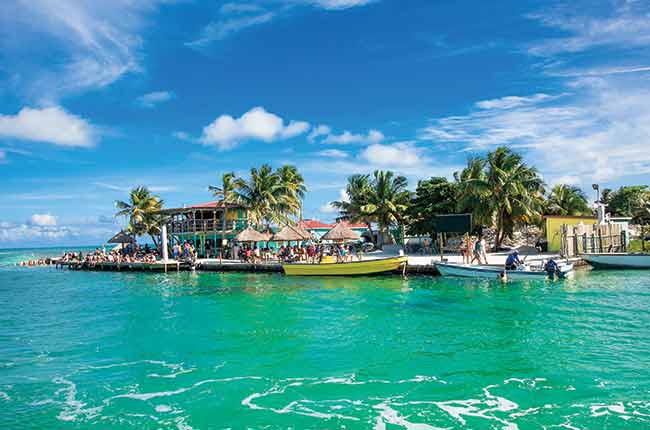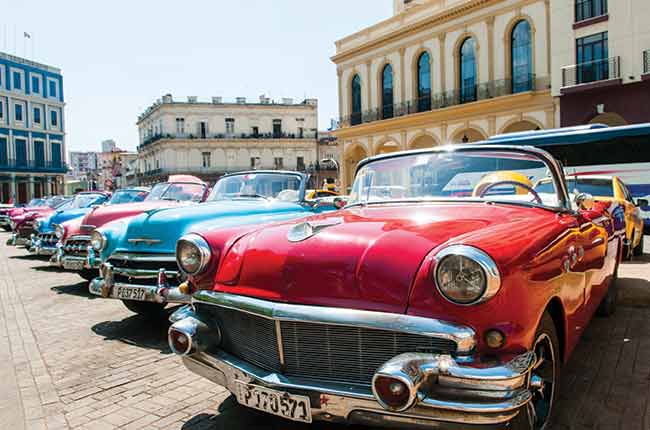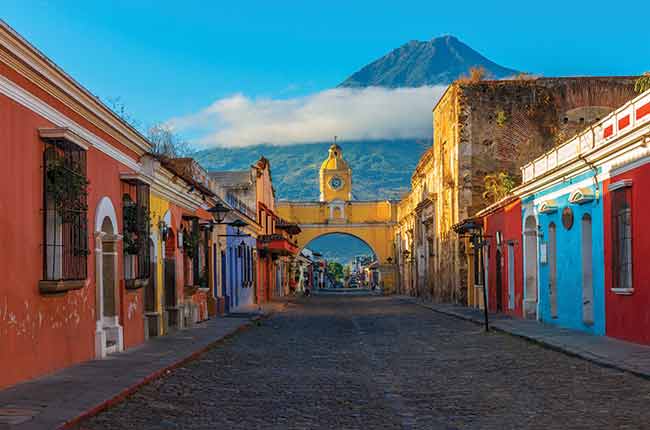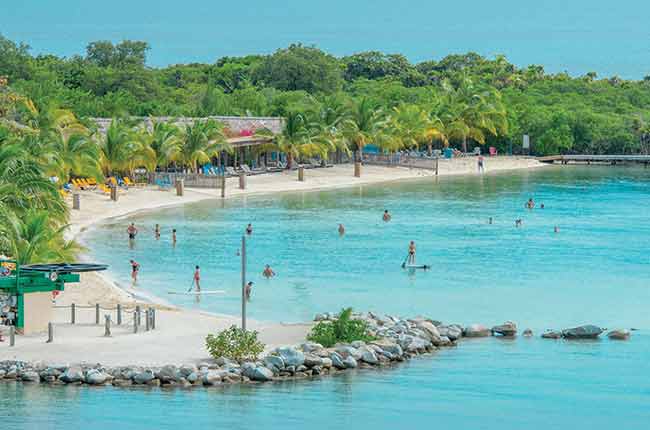This website uses cookies so that we can provide you with the best user experience possible. Cookie information is stored in your browser and performs functions such as recognising you when you return to our website and helping our team to understand which sections of the website you find most interesting and useful.

Best time to visit Central America
The seasons in Central America can be roughly split into two – a wet season from June to November and a dry season from December to May – with high temperatures throughout the year. However, given that the region lies just above the equator it is never that simple. It is not uncommon for there to be torrential downpours during the hottest part of the dry season or for a two week heatwave to occur when flood-inducing storms seem more likely. It is important to note that Central America is prone to hurricanes during the wet season, so if you plan on visiting during this time of year then make sure you are prepared and know what to do in an emergency.
“You’ll need layers for some higher elevation spots where it can get down to 5°C in the winter, but nothing like the extreme cold you’d see in South America. – Scott Marquardt
Central America
Belize
Averaging around 25 degrees celsius, Belize’s coast is consistently hot, with temperatures rising as you head into the sweltering conditions of the jungle inland. That is until you reach the slopes of the Mountain Pine Ridge, where it cools as you climb to higher altitudes. Belize’s coastline is susceptible to hurricane strikes during the height of the wet season. If you are aiming to hit the beaches here it is best to visit during the dry season.


Costa Rica
Costa Rica’s coastal weather is tropical year round, with temperatures consistently around 27 degrees, but the humidity is higher on the Caribbean coast, meaning more rainfall. Much like Belize, temperatures drop as you head to higher altitudes. The peaks of Costa Rica’s Cordillera Central mountains can drop as low as 10 degrees celsius dependant on conditions. Some businesses close during the wet season’s most torrid weeks during September and October.
Cuba
Temperatures during the dry season in Cuba settle in the high 20s but are susceptible to sudden drops due to occasional cold fronts shifting down from the United States’ east coast, so remember to bring an emergency jumper. The rainy season actually sees temperatures remain higher more consistently but a rise in humidity across the island, high levels of rainfall and the risk of hurricanes it is best to avoid visiting during this period.


Guatemala
Coastal temperatures tend to be higher in Guatemala, much like its neighbouring countries, however they can rise as high as 38 degrees celsius at certain times of the year. Conditions are much cooler in the valleys where Antigua and Guatemala City are nestled, making wandering their streets much more pleasant. The mountain tops can see below freezing temperatures at times.
Honduras
Weather in Honduras is consistently hot throughout the year, lingering around 30 degrees celsius throughout the nation, with the northern coast being somewhat cooler but more humid. The country’s inland regions are more temperate, though still very hot at times. Cold fronts from the north offer some respite from the blistering heat in December and January.


Mexico
The Mexican seasons are slightly different to the rest of Central America, with the wet season running from May to October and the dry season between October and April. However, the rains do not have such an effect on the drier northern parts of the country, with brief tropical showers being the norm. If hurricanes don’t strike the country then the wet season’s cool winds provide ideal conditions for exploring temples. Beaches tend to be more popular from the end of October, when the rains have passed and the extreme heat of the dry season has not yet hit.
Panama
Sitting closer to the equator than any other Central American nation, Panama is the most humid member of the region. The close conditions of the sweaty clime of daytime are often blown away by the cool evening breezes and the mountains in the west often become frosted upon approaching their summits.

Before you go – don’t forget to read our insider guide to Central America.
Spread the love.
We are passionate adventure travelers who want to share the world and our travel experiences with everyone…
